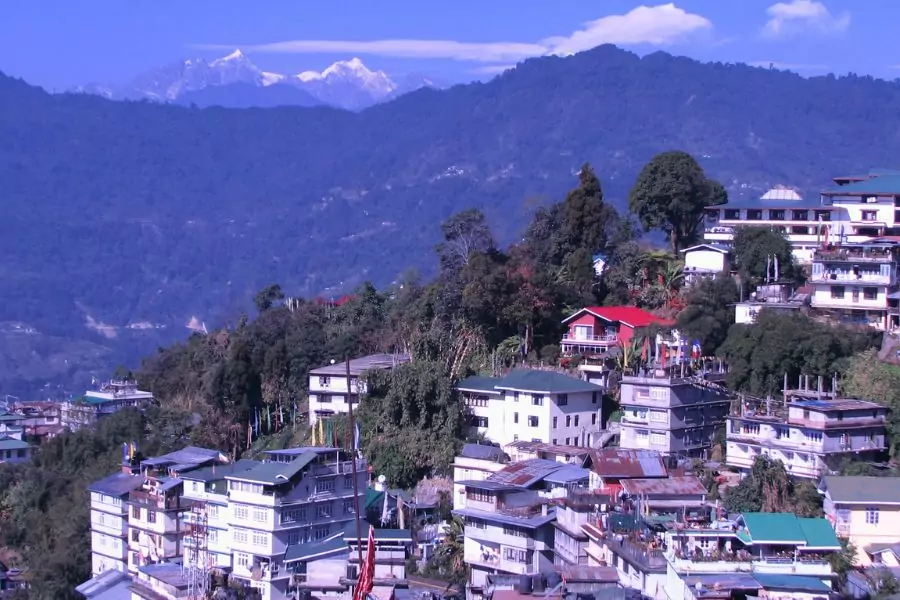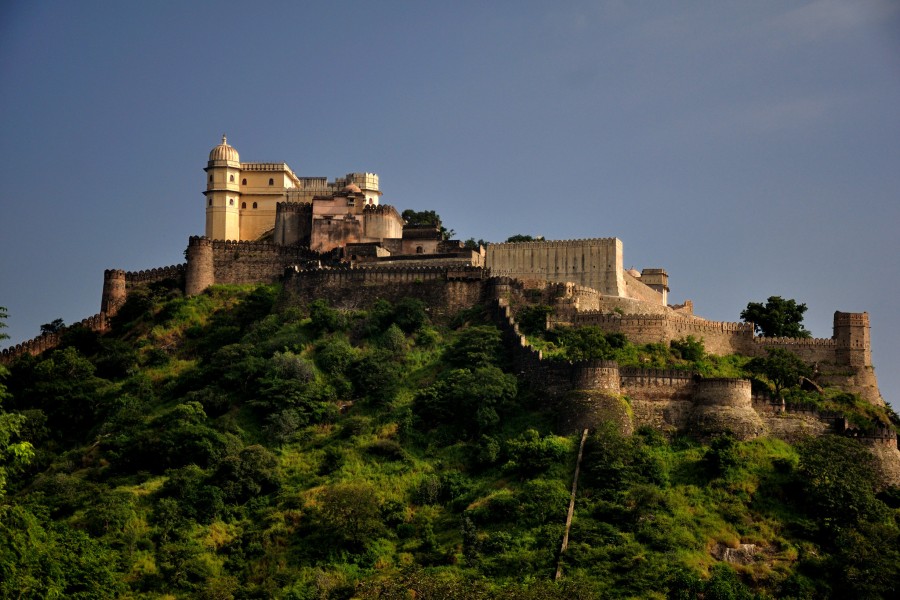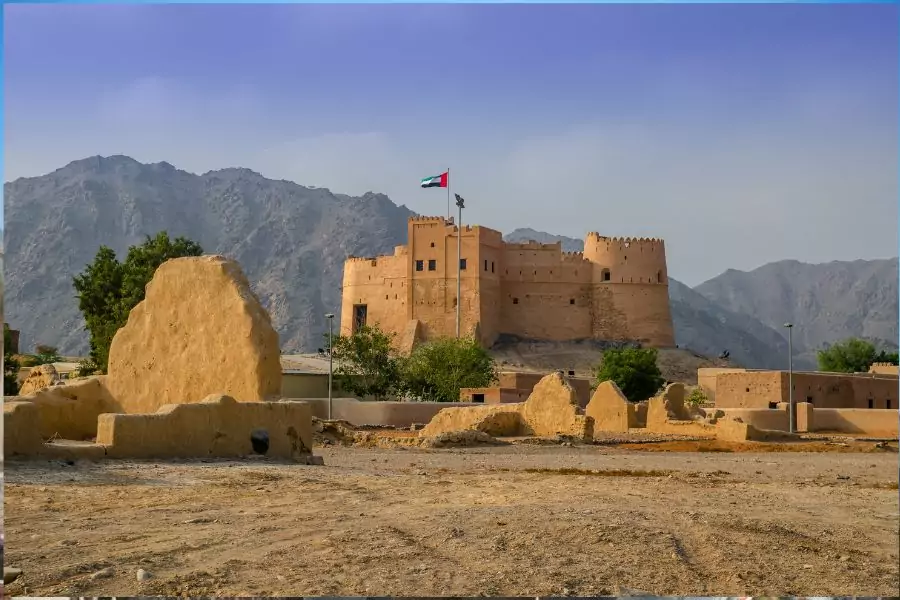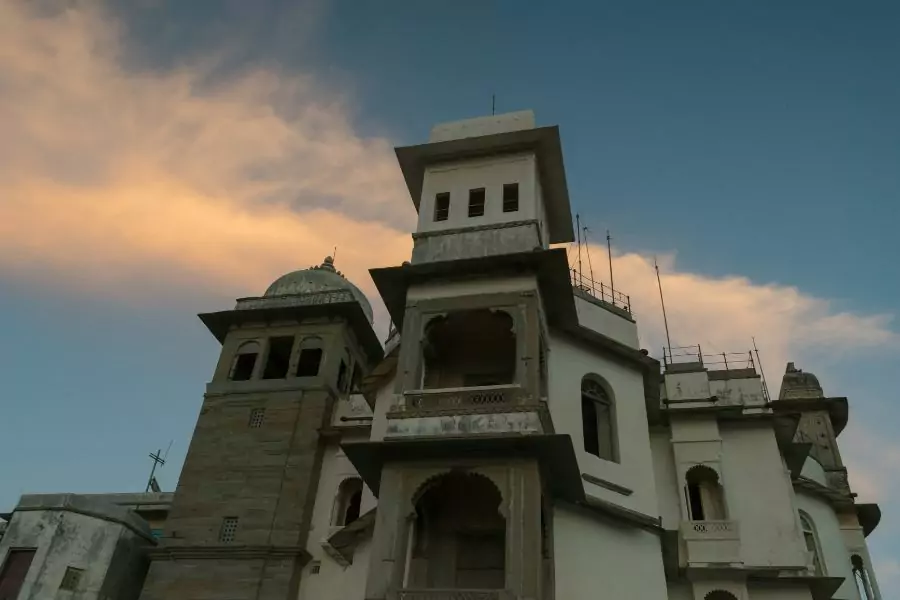Top 7 Best Hill stations in Rajasthan – Top Attractions, Best Time

Rajasthan is often associated with its majestic deserts, grand forts, and royal palaces, but the state also offers a surprising number of picturesque hill stations. These destinations offer a refreshing contrast to the otherwise arid landscapes and provide a perfect escape from the scorching heat. If you’re seeking serenity amidst the hills, lush greenery, and cool breezes, Rajasthan’s hill stations are worth exploring. In this guide, we’ll explore some of the best hill stations in Rajasthan.
1. Mount Abu

Mount Abu is Rajasthan’s only hill station, and it sits beautifully in the Aravalli Range. Known for its pleasant climate, scenic beauty, and religious significance, Mount Abu attracts a large number of tourists, especially during the summer months. It offers stunning views of the surrounding landscapes and a mix of activities for travelers of all ages.
Top Attractions:
- Nakki Lake: A serene spot for boating surrounded by hills.
- Dilwara Jain Temples: Renowned for their exquisite marble carvings, these temples are a significant pilgrimage site for Jains.
- Guru Shikhar: The highest peak in Rajasthan, offering panoramic views of the surrounding hills.
- Achalgarh Fort: A historical fort with a Shiva temple inside, providing insight into Rajasthan’s past.
- Sunset Point: A famous spot to watch the sunset over the Aravalli hills.
Best Time to Visit: November to June, when the weather is cool and perfect for outdoor activities.
2. Ranakpur

While Ranakpur may not be a typical hill station, its location in the lush valley of the Aravalli range gives it a serene, elevated feel. This small village is famous for its Ranakpur Jain Temple, which is one of the most magnificent Jain temples in India. Surrounded by dense forests and hills, it is an ideal spot for those looking for a peaceful retreat amidst nature.
Top Attractions:
- Ranakpur Jain Temple: A marvel of architecture, this temple boasts intricate marble carvings and 1,444 unique pillars.
- Kumbhalgarh Fort: Located nearby, this fort is a UNESCO World Heritage Site and offers stunning views of the surrounding landscape.
- Ranakpur Dam: A beautiful and quiet place to relax, perfect for nature lovers.
Best Time to Visit: October to March, when the weather is pleasant for sightseeing and outdoor exploration.
3. Kumbhalgarh

Kumbhalgarh, though primarily famous for its fort, also offers the charm of a hill station. Situated at an altitude of around 1,100 meters in the Aravalli Hills, Kumbhalgarh provides a cool and pleasant climate, especially during the summer months. It’s a great spot for history buffs and nature enthusiasts alike.
Top Attractions:
- Kumbhalgarh Fort: Known for its massive walls, the fort is second only to the Great Wall of China in length. The fort’s ramparts offer panoramic views of the surrounding hills.
- Kumbhalgarh Wildlife Sanctuary: Explore the rich biodiversity of this sanctuary, home to animals like leopards, wolves, and birds. It also offers trekking and horse-riding opportunities.
- Badal Mahal: Located within Kumbhalgarh Fort, this palace offers mesmerizing views of the lush surroundings.
Best Time to Visit: October to March, ideal for exploring the fort and trekking in the sanctuary.
4. Achalgarh

Located near Mount Abu, Achalgarh is a picturesque hill town that offers a quiet and scenic escape. Known for the Achalgarh Fort, the area is surrounded by stunning views of the Aravalli mountains and provides a peaceful retreat for visitors. It’s less crowded than Mount Abu, making it perfect for those seeking tranquility.
Top Attractions:
- Achalgarh Fort: A lesser-known fort, offering scenic views of the countryside and Mount Abu in the distance.
- Achaleshwar Mahadev Temple: This Shiva temple is famous for its naturally occurring Shivalinga and the legend of a footprint believed to be Lord Shiva’s.
Best Time to Visit: November to March, when the climate is comfortable for sightseeing.
5. Sajjangarh (Monsoon Palace)

While Sajjangarh is technically located in Udaipur, it sits atop a hill, making it one of the best elevated getaways in Rajasthan. Also known as the Monsoon Palace, this destination offers spectacular views of the surrounding lakes and Udaipur city. The palace was built primarily to enjoy the monsoon clouds, and today it remains a top spot for watching sunsets and enjoying panoramic views.
Top Attractions:
- Sajjangarh Palace: Offers a majestic view of Udaipur city, Pichola Lake, and the surrounding Aravalli hills.
- Sajjangarh Wildlife Sanctuary: Located near the palace, this sanctuary is home to a variety of flora and fauna, including tigers, panthers, and a wide range of birds.
Best Time to Visit: July to September (monsoon season), when the palace truly lives up to its name, offering breathtaking views of the monsoon clouds.
6. Alwar

Nestled in the foothills of the Aravalli range, Alwar offers a cooler climate and is known for its rich history, ancient forts, and scenic lakes. While not a traditional hill station, Alwar’s elevated location and surrounding hills make it a perfect destination for those looking to explore both nature and history.
Top Attractions:
- Bala Quila (Alwar Fort): Perched on a hill, this fort offers stunning views of the city and surrounding landscape.
- Sariska Wildlife Sanctuary: Just outside Alwar, this sanctuary is home to tigers, leopards, and a variety of bird species. It’s a must-visit for wildlife enthusiasts.
- Siliserh Lake: A peaceful spot surrounded by hills, perfect for boating and enjoying the scenic beauty.
Best Time to Visit: October to March, for pleasant weather and wildlife sightings.
7. Pushkar

Pushkar is primarily known as a religious town, but its location amidst the Aravalli hills gives it the charm of a hill station. While it may not have the altitude of other hill stations, its scenic beauty, especially around Pushkar Lake, and the surrounding hills offer a tranquil escape. The town is also famous for its annual camel fair.
Top Attractions:
- Pushkar Lake: A sacred lake surrounded by ghats, where pilgrims come to take a holy dip.
- Brahma Temple: One of the very few temples dedicated to Lord Brahma in the world.
- Savitri Temple: Located atop a hill, the temple offers a panoramic view of Pushkar town and the surrounding hills.
Best Time to Visit: October to March, when the weather is ideal for exploring the town and participating in the Pushkar Fair.
Frequently Asked Questions (FAQs)
1. What is the best time to visit hill stations in Rajasthan?
The best time to visit the hill stations in Rajasthan is between October and March. During this period, the weather remains pleasant and ideal for sightseeing, trekking, and exploring historical forts.
2. Which is the most popular hill station in Rajasthan?
Mount Abu is the most popular hill station in Rajasthan, known for its pleasant climate, beautiful lakes, and rich spiritual heritage.
3. Can I visit these hill stations during the summer?
Yes, places like Mount Abu and Kumbhalgarh are perfect for a summer getaway, offering a cool and refreshing escape from the heat of the plains.
4. Are there any trekking opportunities in Rajasthan’s hill stations?
Yes, you can find trekking opportunities in places like Kumbhalgarh Wildlife Sanctuary, Sajjangarh, and the surrounding hills of Mount Abu.
5. Which hill station in Rajasthan is ideal for a peaceful retreat?
Ranakpur and Achalgarh are ideal for those looking for a peaceful retreat away from the hustle and bustle of tourist-heavy areas.
6. How do I reach Mount Abu?
Mount Abu is well connected by road, rail, and air. The nearest railway station is Abu Road Railway Station, located about 28 km from Mount Abu, and the nearest airport is Maharana Pratap Airport in Udaipur, around 185 km away.
These hill stations in Rajasthan offer the perfect mix of history, spirituality, nature, and relaxation. Whether you’re seeking cooler climates, scenic landscapes, or cultural experiences, these destinations provide something for every traveler. Explore Rajasthan’s diverse landscapes and uncover the beauty beyond its deserts and palaces.


